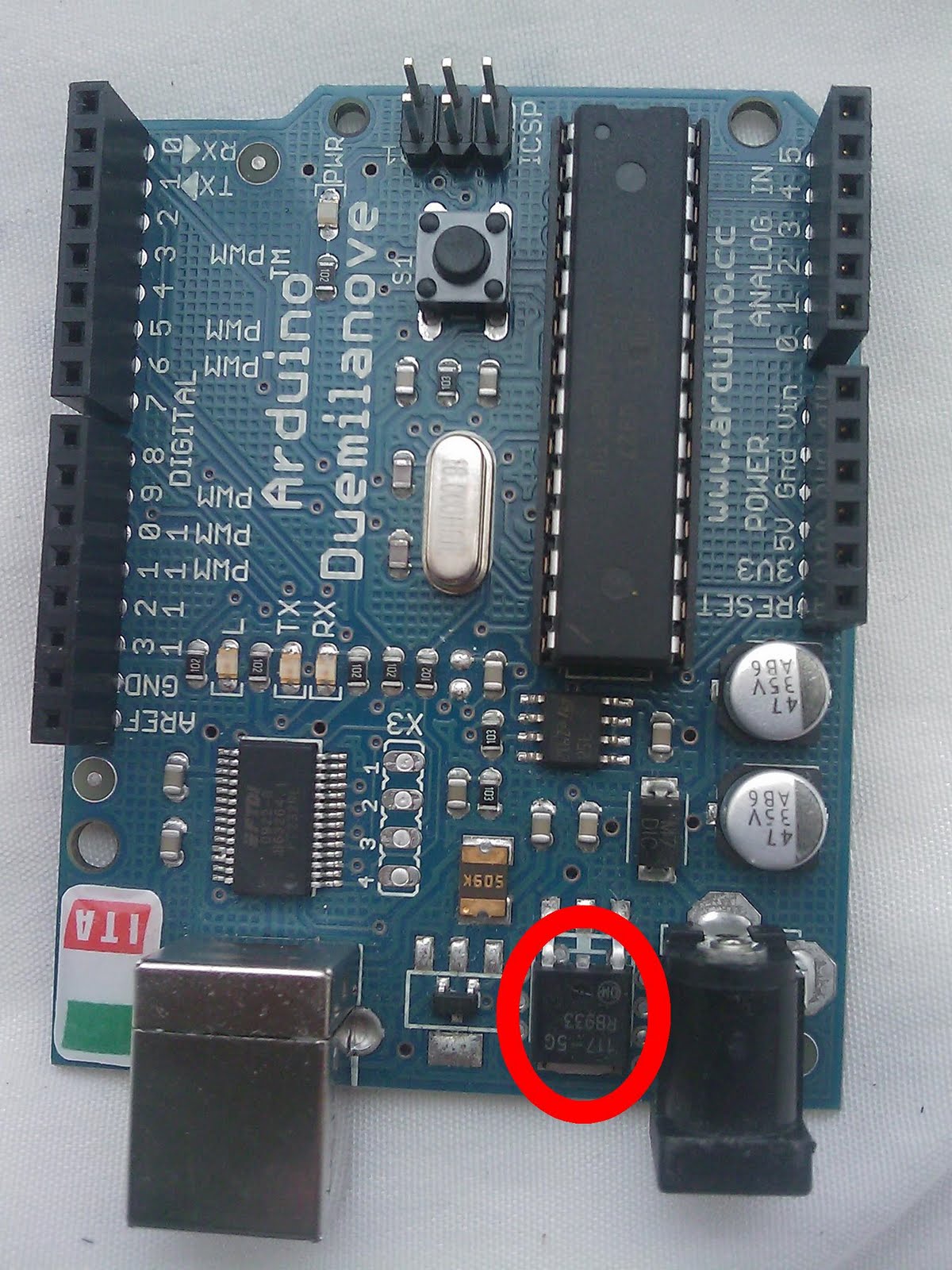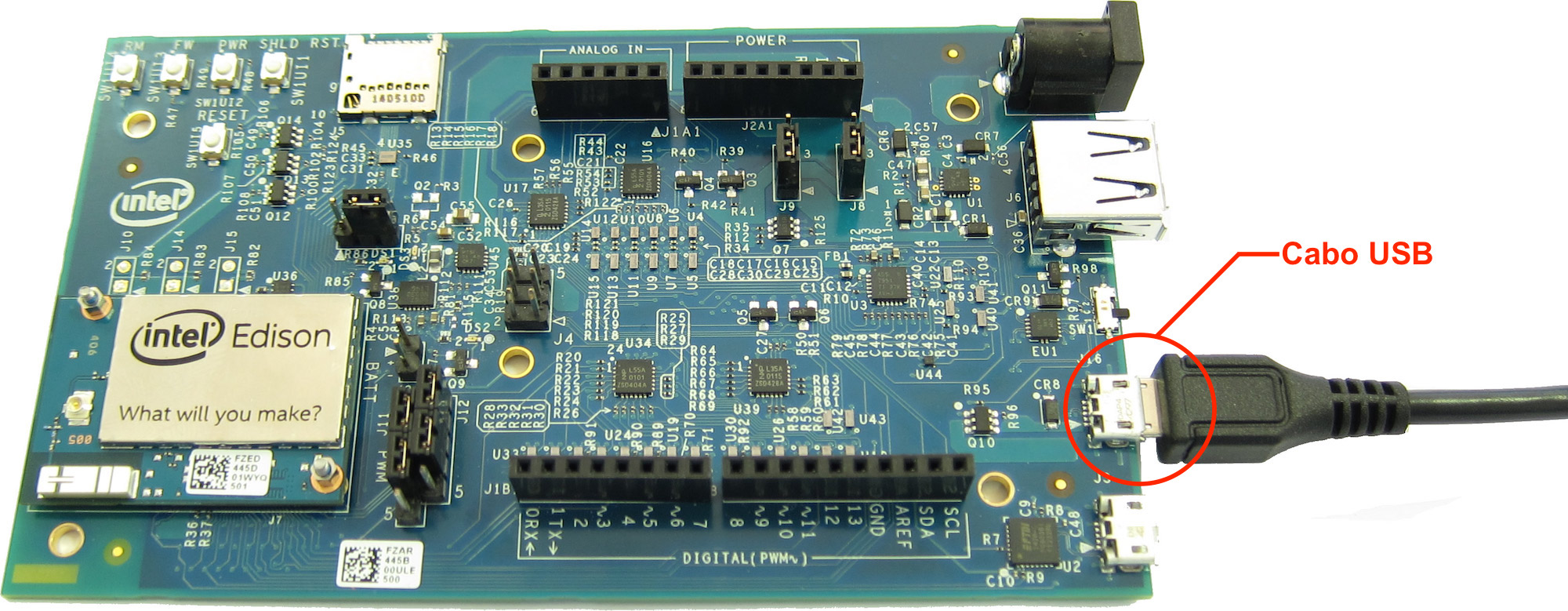

To read the data I’ll use the MAX6675 breakout module and control the PID algorithm with and Arduino.

I’ll control the real temperature using a K type thermocouple. What I want, is the aluminum block below to have let’s say, exactly 100 degrees. The Arduino sketch reads the data and sends the proper amount power to a heating element via a MOSFET in order to maintain the desired temperature without excessive oscillations.

This takes into account how much the temperature is outside of a threshold, and also how it’s changing over time.Īs shown in this example by Electronoobs, PID control can be accomplished using an Arduino Uno, along with a type K thermocouple and a MAX6675 module for sensing. While you could turn a heater on and off abruptly in a sequence appropriately known as “bang-bang,” a more refined method can be used called PID, or proportional-integral-derivative control. If you want to keep something at a certain temperature, say a block of aluminum, you’ll need a thermocouple and some sort of heating element.


 0 kommentar(er)
0 kommentar(er)
